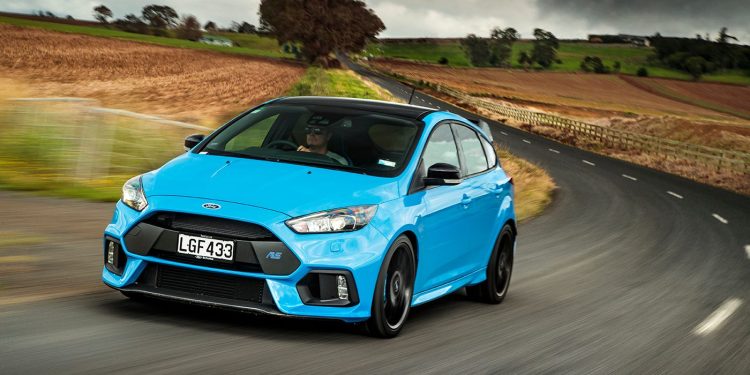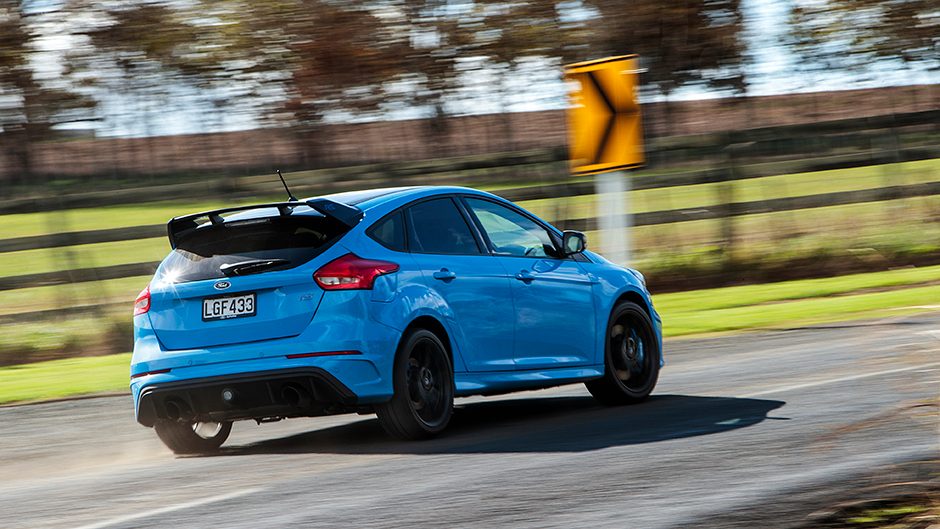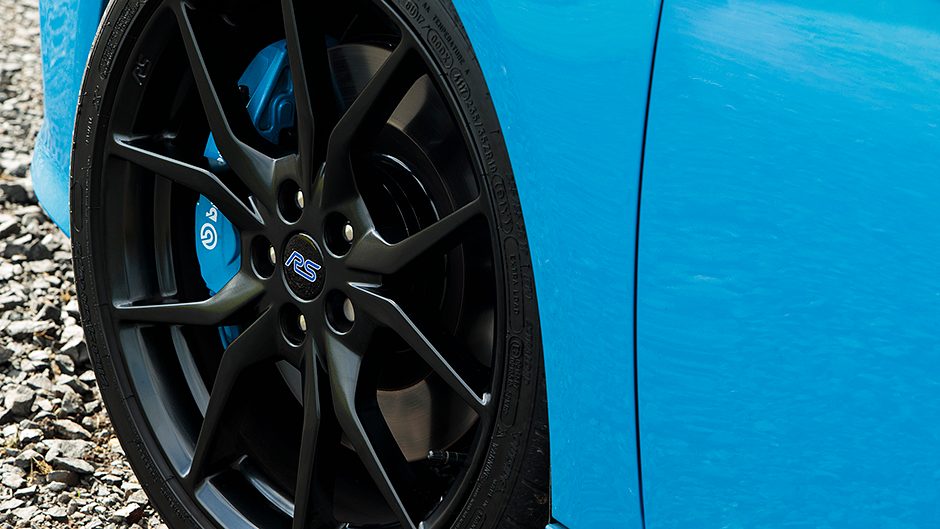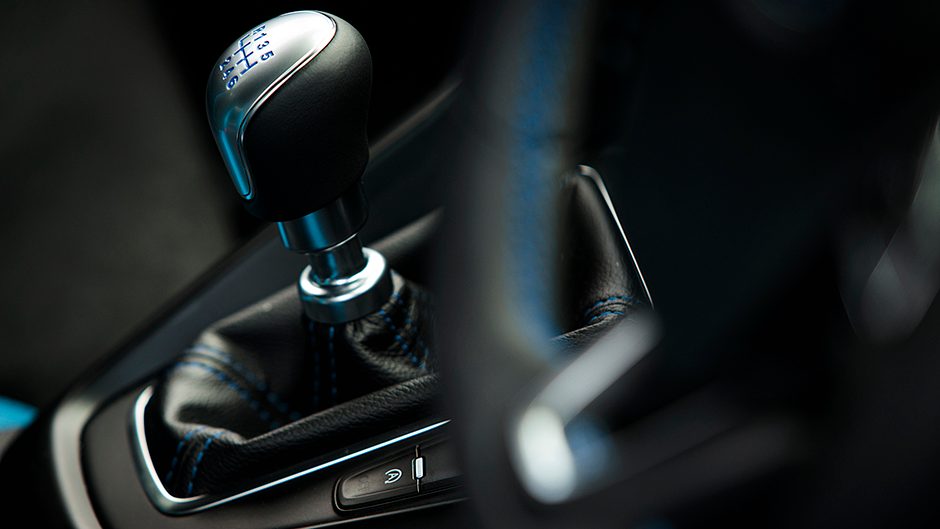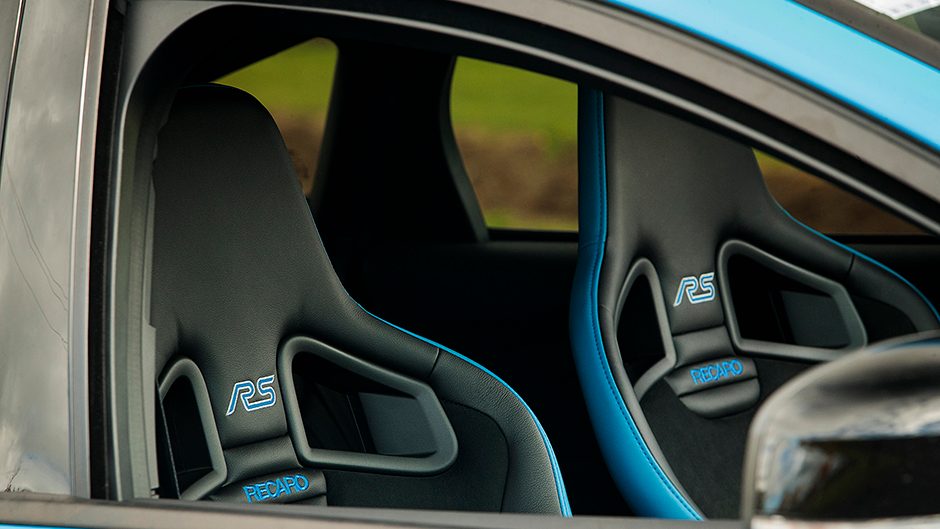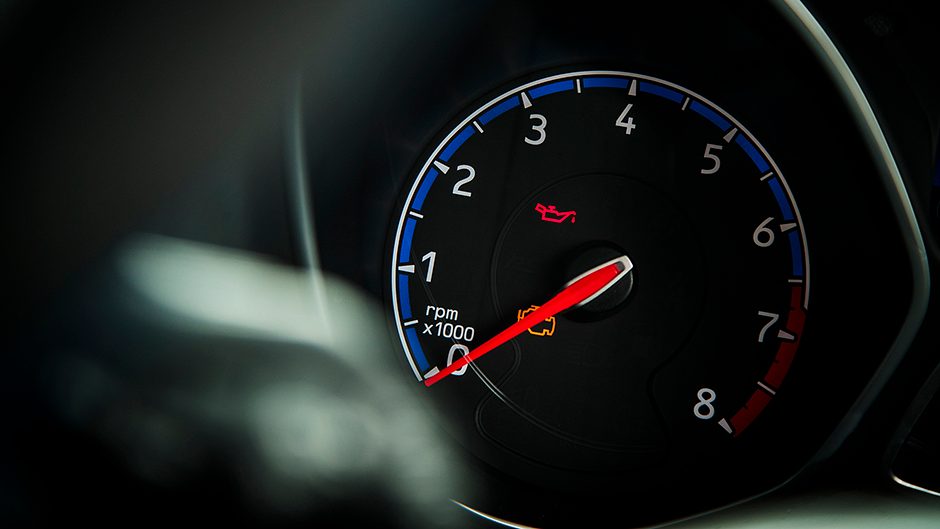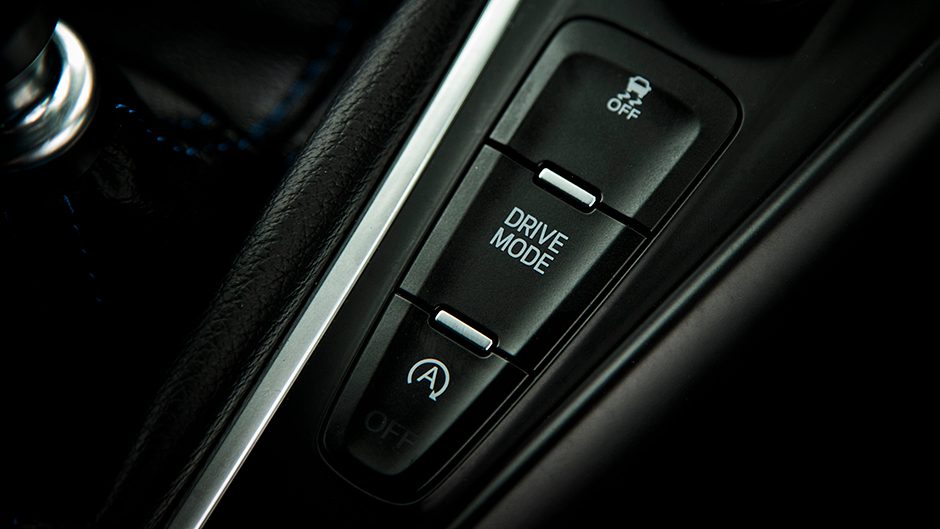2018 Ford Focus RS LE review
Words Kyle Cassidy | Photos Tom Gasnier
Ford’s raucous Focus RS bows out with a limited edition model aimed at ultimate traction. We try to unstick the unstickable.
It was a case of third time’s a charm for Ford’s Focus RS, in that we finally got our hands on it here. And we liked it, a lot, naming it our Performance Car of the Year, while it narrowly missed out on the overall title. However, its time is coming to an end, and to mark the occasion Ford NZ has brought in the RS Limited Edition model, which has even more traction via the inclusion of a Quaife LSD on the front end. Ford NZ has (or had) 25 of these cars up for grabs, all in Nitrous Blue, and where the regular RS is $72,990, the Limited model is $76,990.
There’s not a lot to tell the Limited Edition apart. The roof, spoiler and mirror caps all wear gloss black paint and there’s rear tinted glass. The Performance Wheel Pack comes standard, the forged black alloys wearing Pilot Sport Cup 2 rubber. Inside, the Recaro seats get a strip of blue leather around the edges tying them to the hue of the exterior.
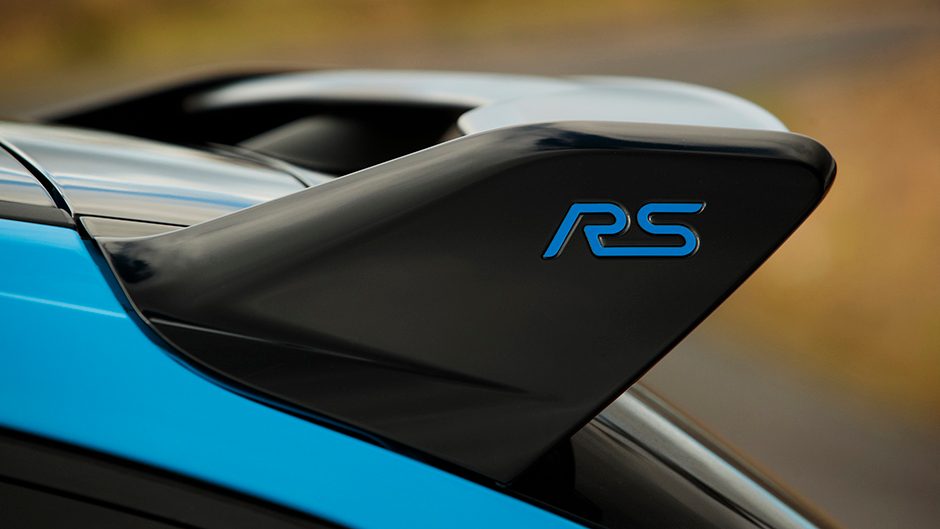
The only mechanical update is the addition of a Quaife LSD on the front axle. It seems a bit weird to add yet more grip to a car with assured traction and poise, thanks to its GKN Twinster device on the rear end, but some of the RS hard core reckoned it needed more stick up front too, even though RS the third is the stickiest yet.
The first-gen car, with its turbo’d 2.0-litre only managed 158kW and 310Nm but in 2002, that was pretty hot stuff. And it channeled that via the front wheels alone. Traction was enhanced with the fitment of the Quaife LSD, though the original Focus RS was noted for inherent torque steer, or ‘handling character’ as the faithful might call it. The electronics even limited boost, and therefore torque, in the first two gears to help it all stick.
When the second generation of the Focus RS launched in 2009, it retained its front driver layout but was fitted with a more powerful five-pot engine making 224kW and 440Nm. Ford again adopted the Quaife LSD to aid traction but also added the ‘Revo Knuckle’ dual axis front strut which helps separate out the steering and bumping jobs in order to reduce the effects of torque steer further. But still it was there.
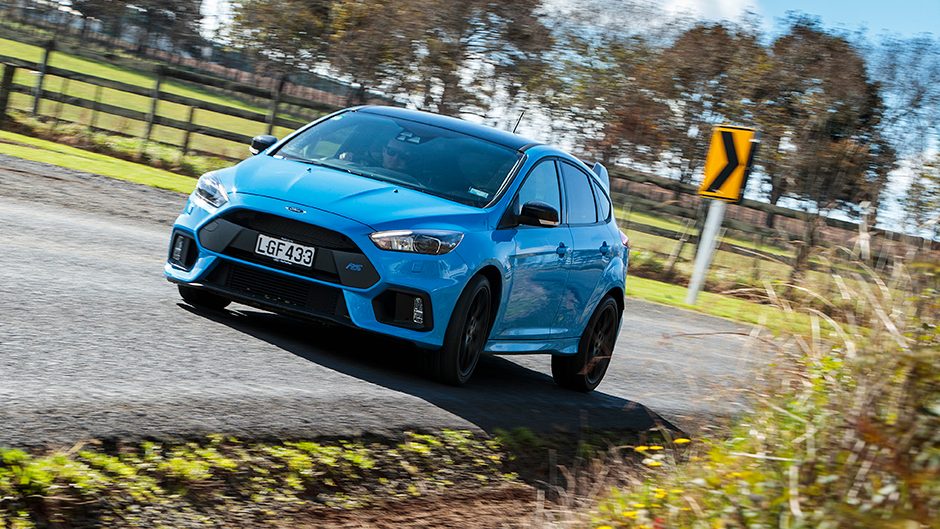
And so for the third coming of the Focus RS, the most powerful yet, Ford opted for an AWD set-up, which further quashed the torque steer and gave it all the traction it needed. Well that’s what we thought anyhow. So just what does the Quaife mechanism do? This ‘Automatic Torque Biasing’ LSD uses a helical gear set to channel torque towards the wheel with the most grip. Using gears rather than clutches makes it a smoother device as it doesn’t ‘lock up’ and is constantly variable. And it’s a purely mechanical device so works without fouling the chassis electronics. It also helps steady the car under braking, effectively working in reverse to even out the braking forces.
So could we detect its effects at work? Initially no, but it had been a while since we drove the RS, and didn’t remember torque steer being a real issue. But the more corners we got into, the more impressive this already talented car seemed. Out of the slower bends there was a more tenacious pull from the front to scramble off the curve, tainted slightly by a tendency to follow the contours of the road but we reckon this feels even more composed through faster bends. It fires in with a more assured stance, the front end locked on target and with the combination of the diffs working together, it’s jetting out the other side with more punch, tracking dead straight.
On the sort of road with nice open-sighted corners, we kept pushing both on the entry and exit, and it just kept gripping. You had to get silly to make it budge, and even then it put up a fight. Faster in and even faster out, nice. It’s hugely confident, and reassuring, you can carry a load of speed into bends knowing it’s going to see you right. And when the road tightens quickly, it can be corrected smartly.
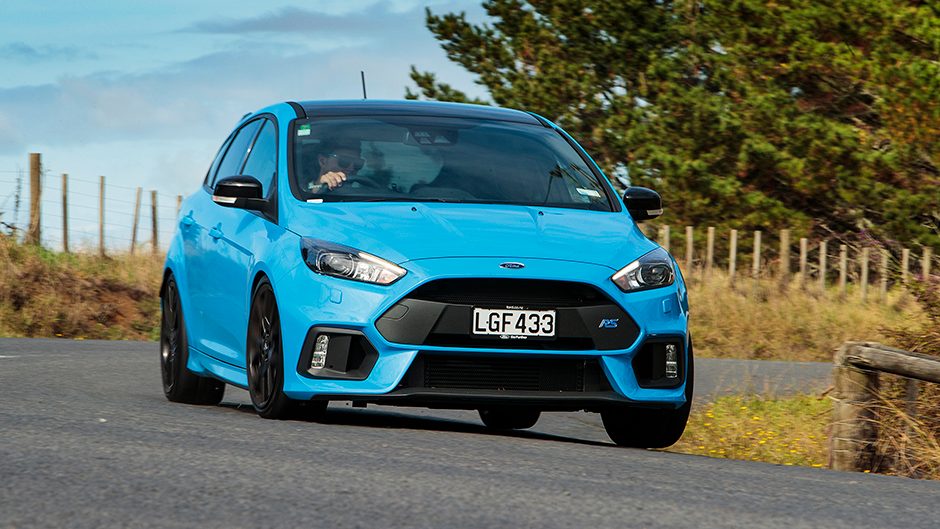
The talents of the car are appreciated on the really challenging corners, like nasty off-camber bumpy beasties where instead of slipping wide under power it pulls itself round in an unflappable manner. The steering is pretty special, quick and meaty to ensure each corner is dissected with real precision. The Sport Cup tyres take a firm grasp of the tarmac. They may be loud but the payback is immense grip and feel. Big Brembos are up to task too, with a good pedal and lots of bite.
Could they have squeezed some more juice from the engine for this model? A bit more squirt would have been nice, as the chassis could sure handle it. Not that this is slow, but some additional top end would be welcomed. While the midrange is saucy, and it powers on past 5000rpm, it’s then quickly out of steam just past six.
So you just mine that goodness in the middle and remember to grab gears quickly when pressing on. There’s always the aftermarket for those looking for more herbs. Nothing much wrong with the sounds though, the induction and exhaust note racy, and the kids loved the popping exhaust note, especially after a few rides in the near silent Ioniq PHEV.
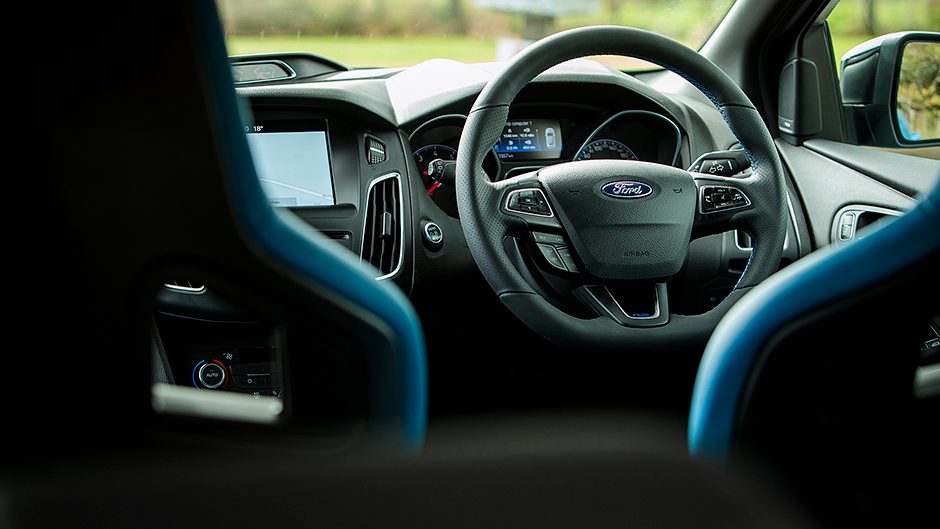
Sad to think this is the last of the line for this RS. Sure the ride is always firm but that’s just how it is, yet it’s not intolerable and works so sweetly at speed with the ability to tie down the roll while managing the bumps. The manual gearbox probably put a few off, but it marked buyers out as drivers, and changing gears isn’t really that hard with a commuter-friendly clutch. There’s even a hill hold function. And while the action isn’t reference grade, it finds its way around the gate nicely.
Inside the Focus is looking its age, the turning circle is poor for a hatch, and the rear quarters are cramped but it all doesn’t matter really as the Focus RS is just one awesome driving tool. We hope the next one is just as charming.


